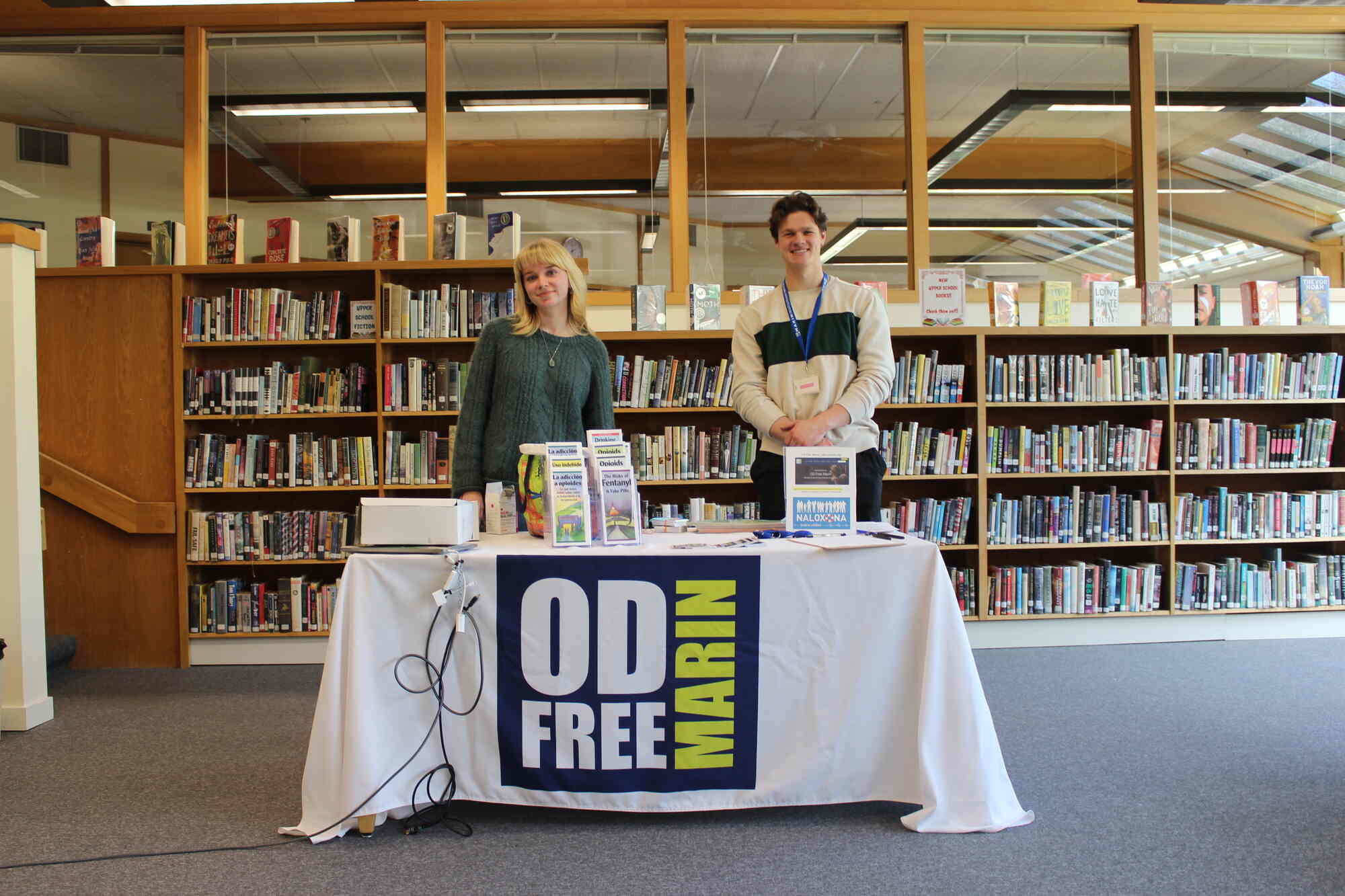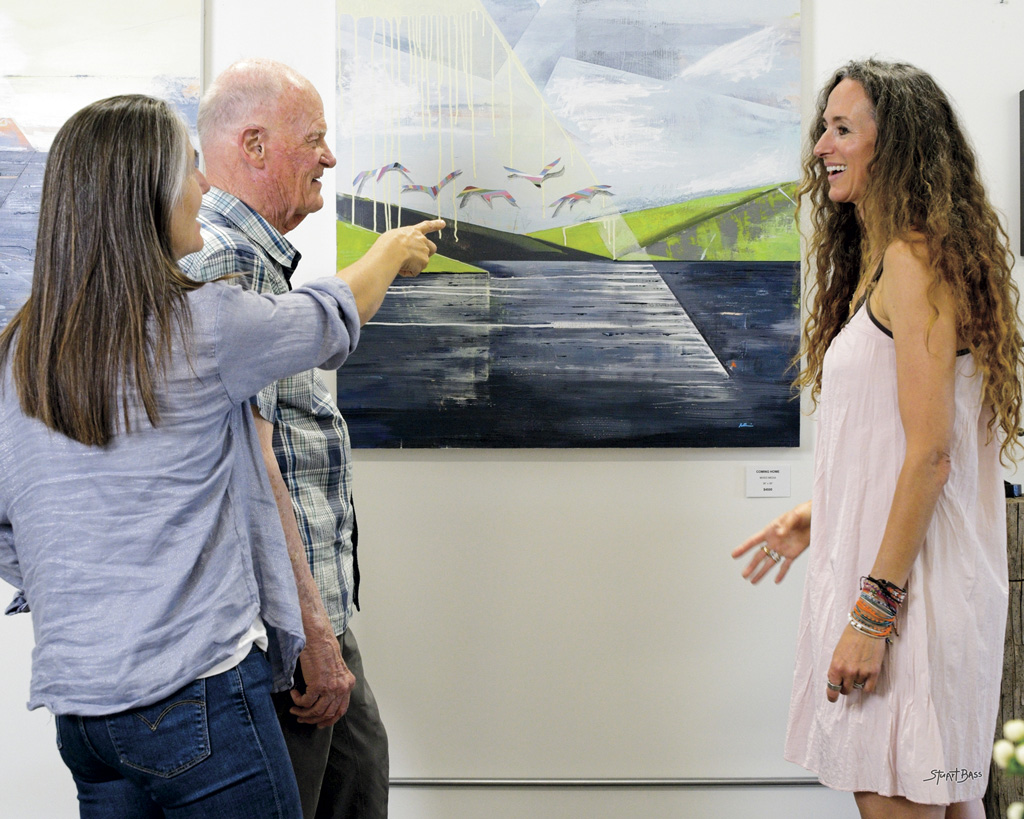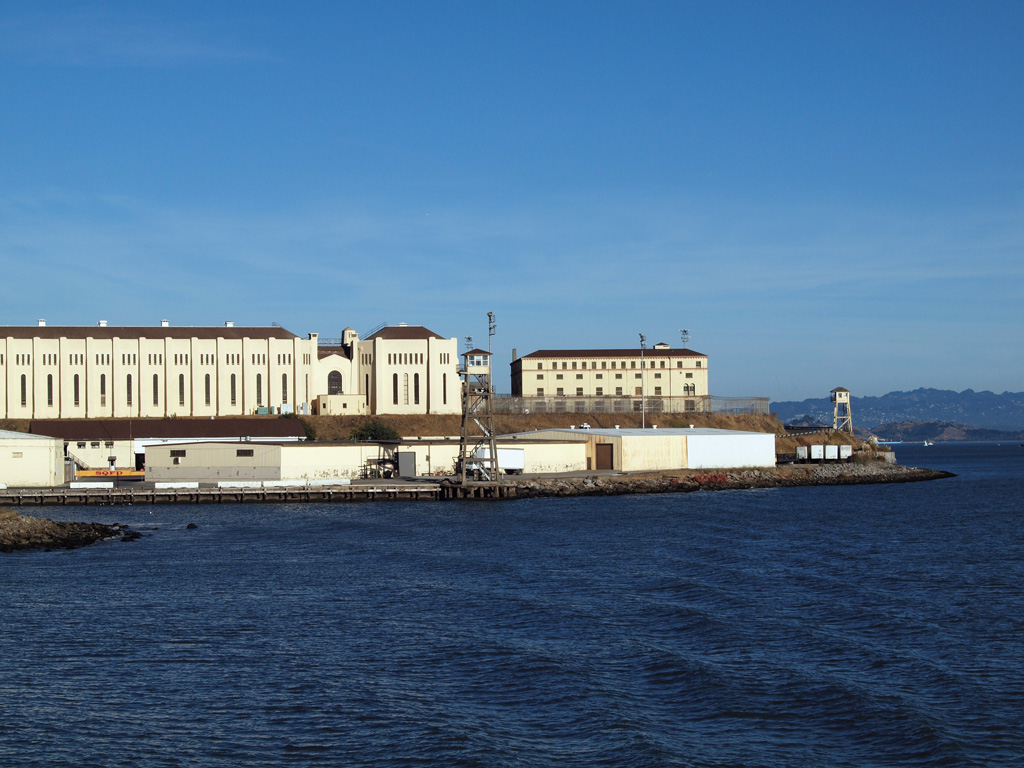News
San Domenico Senior Chloe Flynn Is Fighting the Fentanyl Epidemic
 Chloe Flynn at an in-school Narcan training (Photo by Paola Flores-Fuentes)
Chloe Flynn at an in-school Narcan training (Photo by Paola Flores-Fuentes)As a San Domenico senior, Chloe Flynn, a Marin native, understands exactly what teens are facing when it comes to the ultra-dangerous drug fentanyl that has found its way onto campuses across the county. She also understands the myths around it and the obstacles to getting this vulnerable group the resources it needs.
“What I’ve noticed about the fentanyl epidemic, specifically, is that every teen that I talked to knows about it. We all know it’s an issue and it’s scary, frankly, it’s very scary,” she says about the drug that can be 50 times more powerful than heroin and that, according to the California Department of Public Health, killed 224 teenagers in the state ages 15 to 19 in 2021. “But teens don’t know how to access the resources to actually combat this epidemic.”
A member of the Marin County Youth Commission, an advisory commission for the County Board of Supervisors, Flynn also sits with three other students on the Alcohol, Tobacco and Other Drugs (ATOD) subcommittee, where they have been trying to make a difference.
“Oftentimes I see that teens have a greater fear of the potential repercussions of someone like a school faculty member or parents finding out that they’ve been experimenting with drugs,” Flynn says, adding that it’s a misconception that fentanyl is being handed out in the form of candy. Most commonly, the kids who are coming into contact with it are getting fake pills that they thought were prescription opioids like Percocet or OxyContin. “The fear of repercussions is greater than the fear of an overdose on fentanyl.”
The goal of the commission last year (Flynn wasn’t on it then) was to educate teens about fentanyl; this year it is to provide resources to students in the form of Narcan (naloxone) nasal spray, which can reverse an opioid overdose, and training on how to use it. The idea was to provide it peer-to-peer so students have direct access (right now county public high schools have the lifesaving drug but it can only be accessed by faculty and teachers). “I think a lot of teen drug overdoses are happening at a social event outside of school,” Flynn says. “Of course, there are definitely instances where there’s been overdoses at school, but students really need to be able to use it themselves.”
But this idea quickly ran into the real-world obstacles of bureaucracy, schools’ restrictions on the delivery of medications on campus and the need for parents’ permission slips for the planned trainings. “So we had to take a step back from that,” Flynn says. “This has been a little bit disappointing because personally, I believe school is the ideal place to educate and provide resources to teens.”
Although these restrictions apply to public school, Flynn was able to get around them at San Domenico, which as a private school has different rules, and, with the help of a faculty member, conduct a training last month where Narcan was provided. Meanwhile, the commission is contacting school superintendents about the need for students to have Narcan and planning off-campus pop-up events where the drug could be provided.
“There’s this thing in Marin where you know someone who knows someone who has been impacted by fentanyl, and I feel it is something that is impacting all teens,” Flynn says, adding, “If I could indirectly save one life, prevent one overdose, that would just be incredible.”











